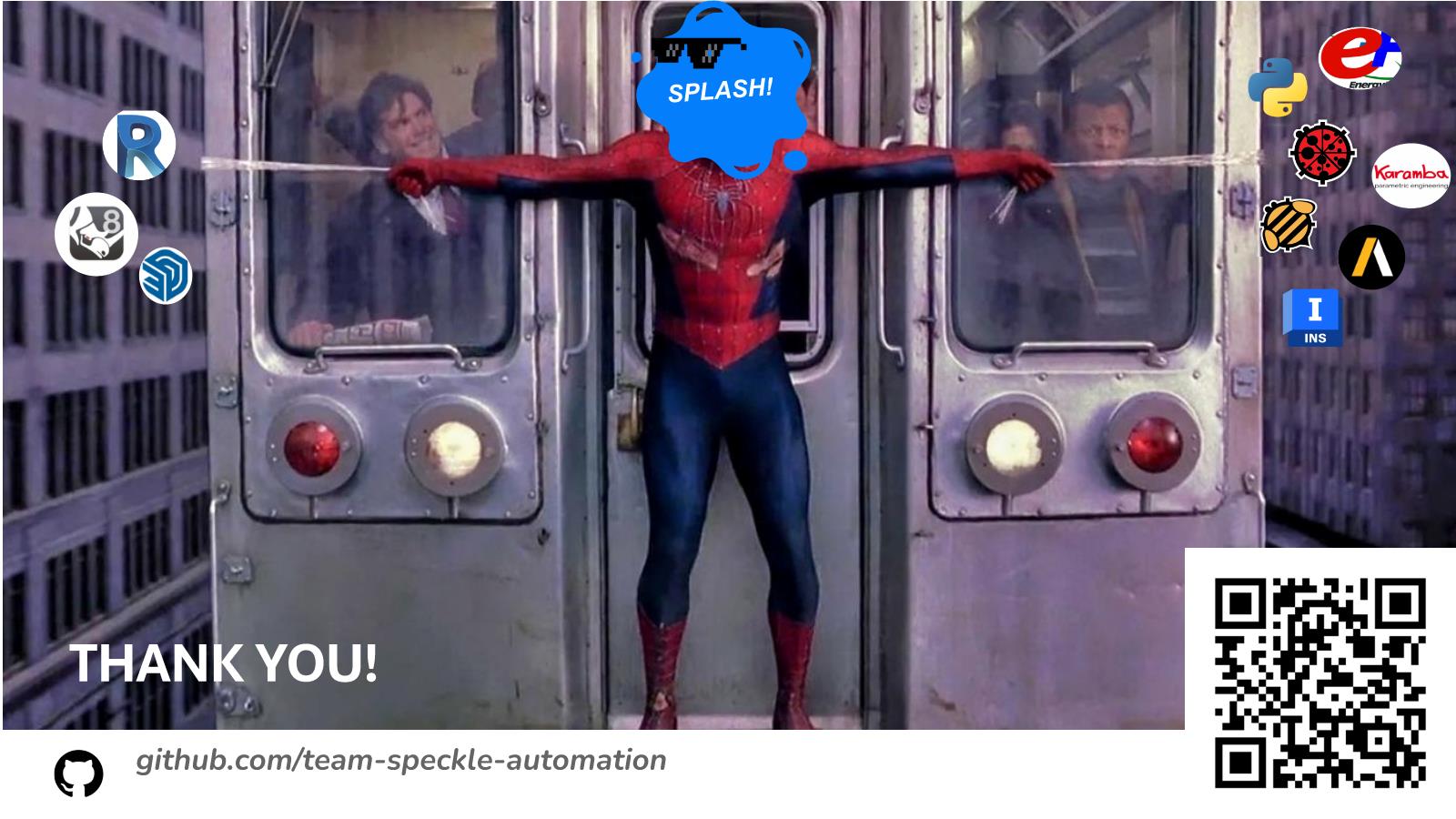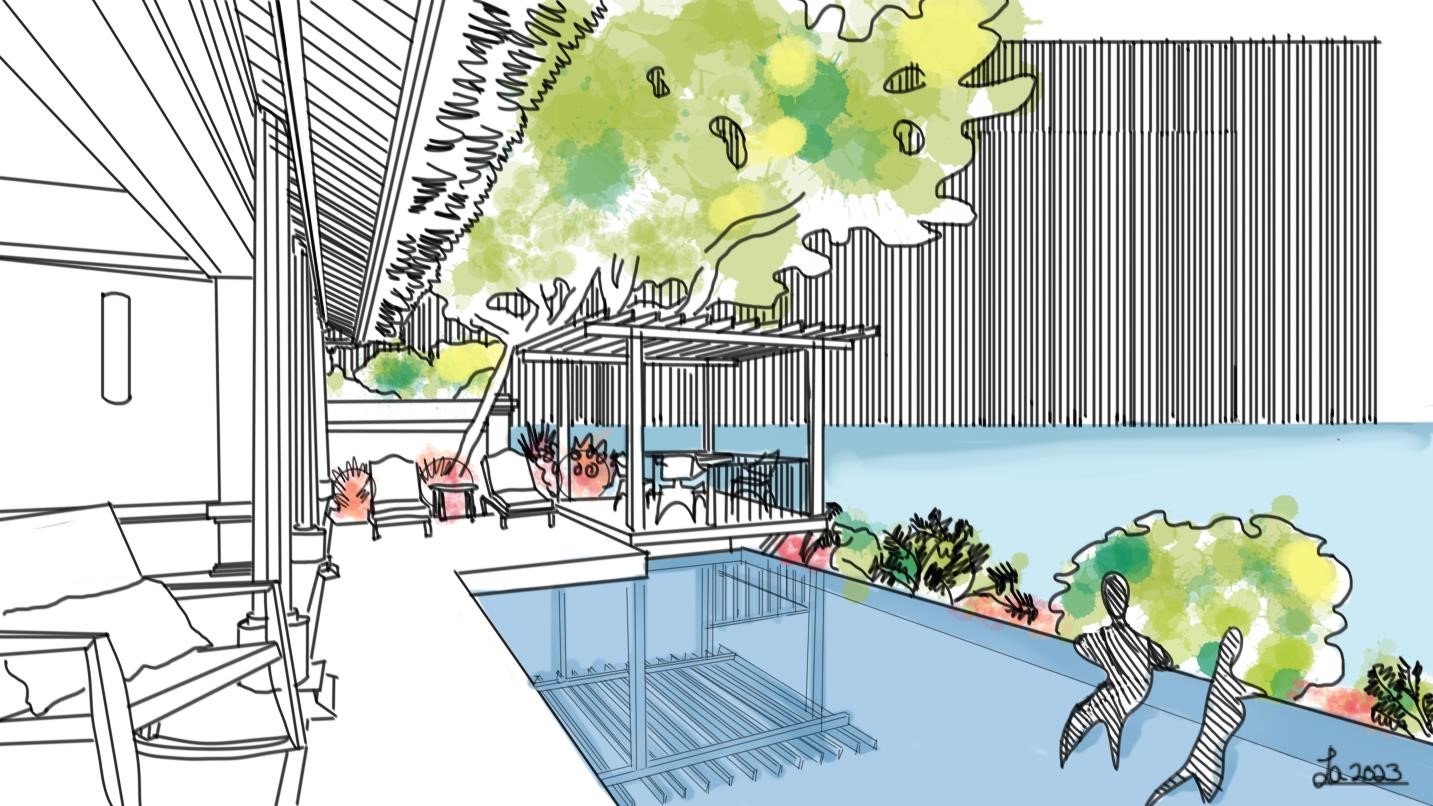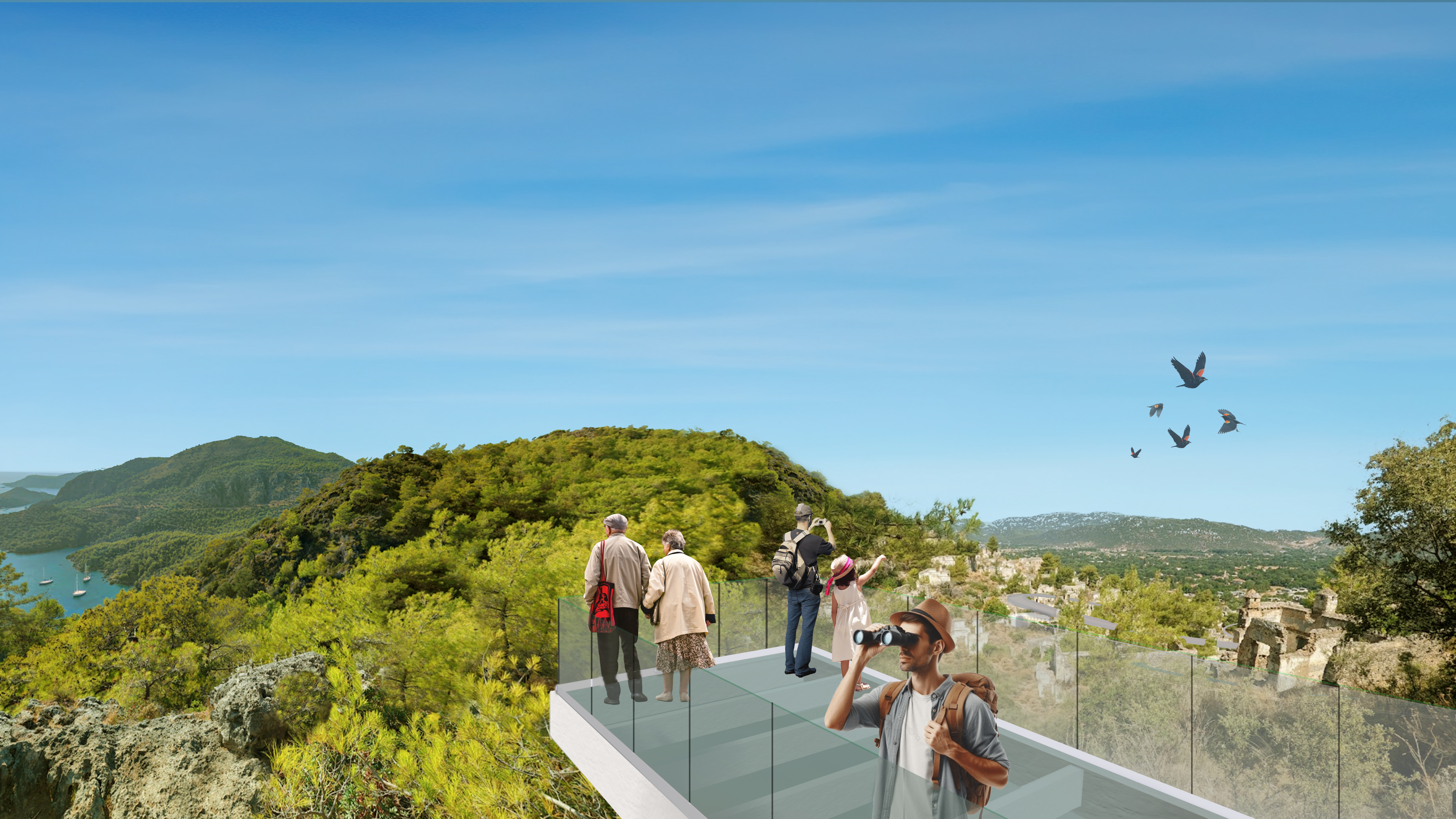Micro Automating Simulation in Architecture with Splash
Written on November 17th, 2024 by Laszlo Andrasi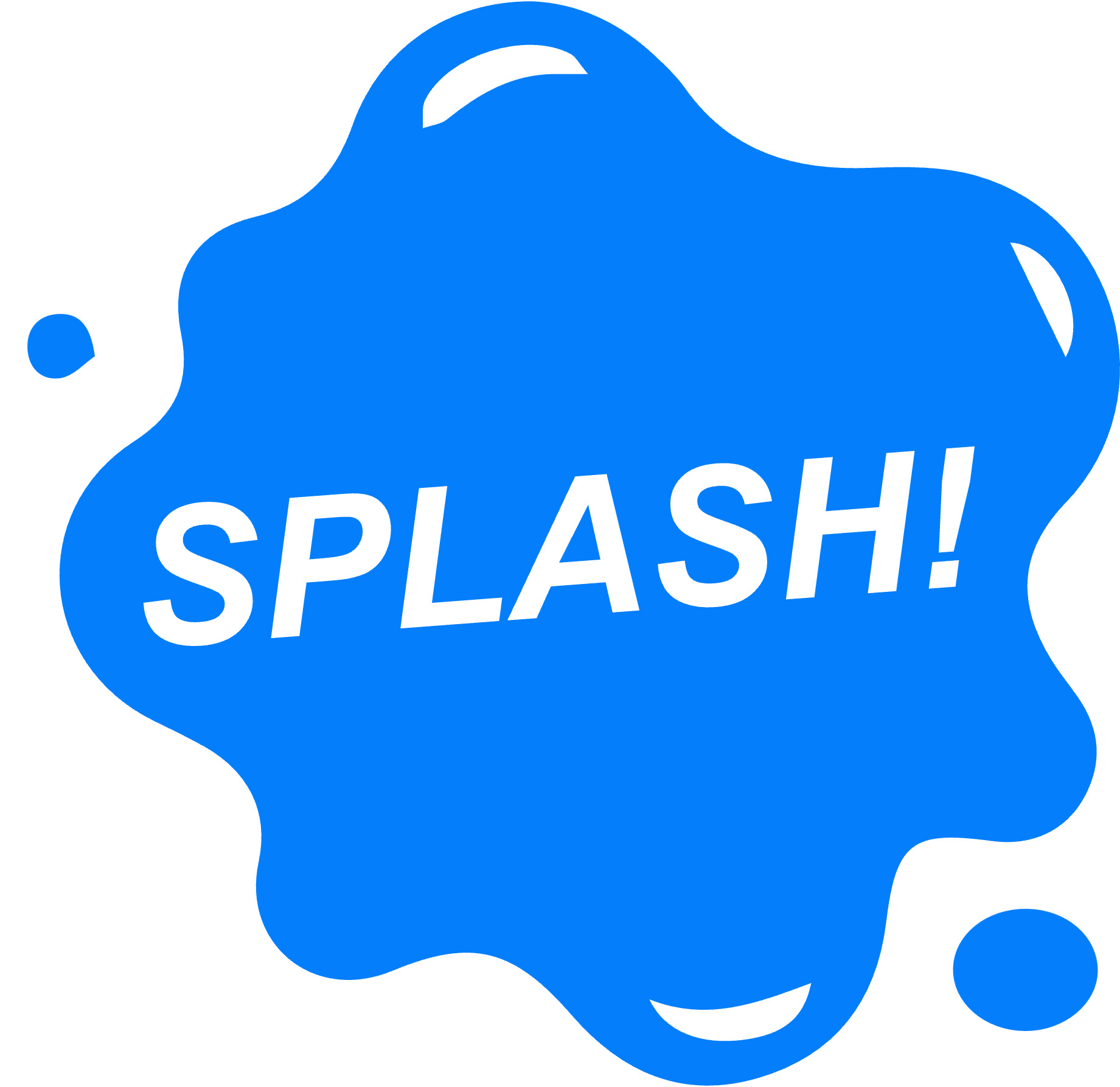
Enhancing Early Phase Design Collaboration with Automation in Speckle
This article will summarize the Splash workflow. The intention is to automate micro tasks and simulations for designers and engineers in the earliest phase of design, maximizing collaboration and positive outcomes. The Splash workflow was first developed during the AEC Tech 2024 Hackathon, and is now being leveraged on real projects!
In recent developments at the intersection of computational design and automation, engineers and architects have collaborated to address key inefficiencies in early phase design workflows. The goal was to tackle redundancies and improve collaboration, aiming to overcome the traditional, static approaches that limit effective feedback.
Streamlining the Design Process
Tackling the traditional methods of collaboration has never been so easy. Most design teams are using data rich approaches yet flattening the results into 2D deliverables. By reframing the collaborative process and leveraging the data we already have in our models, we can enhance outcomes and produce better work, faster.
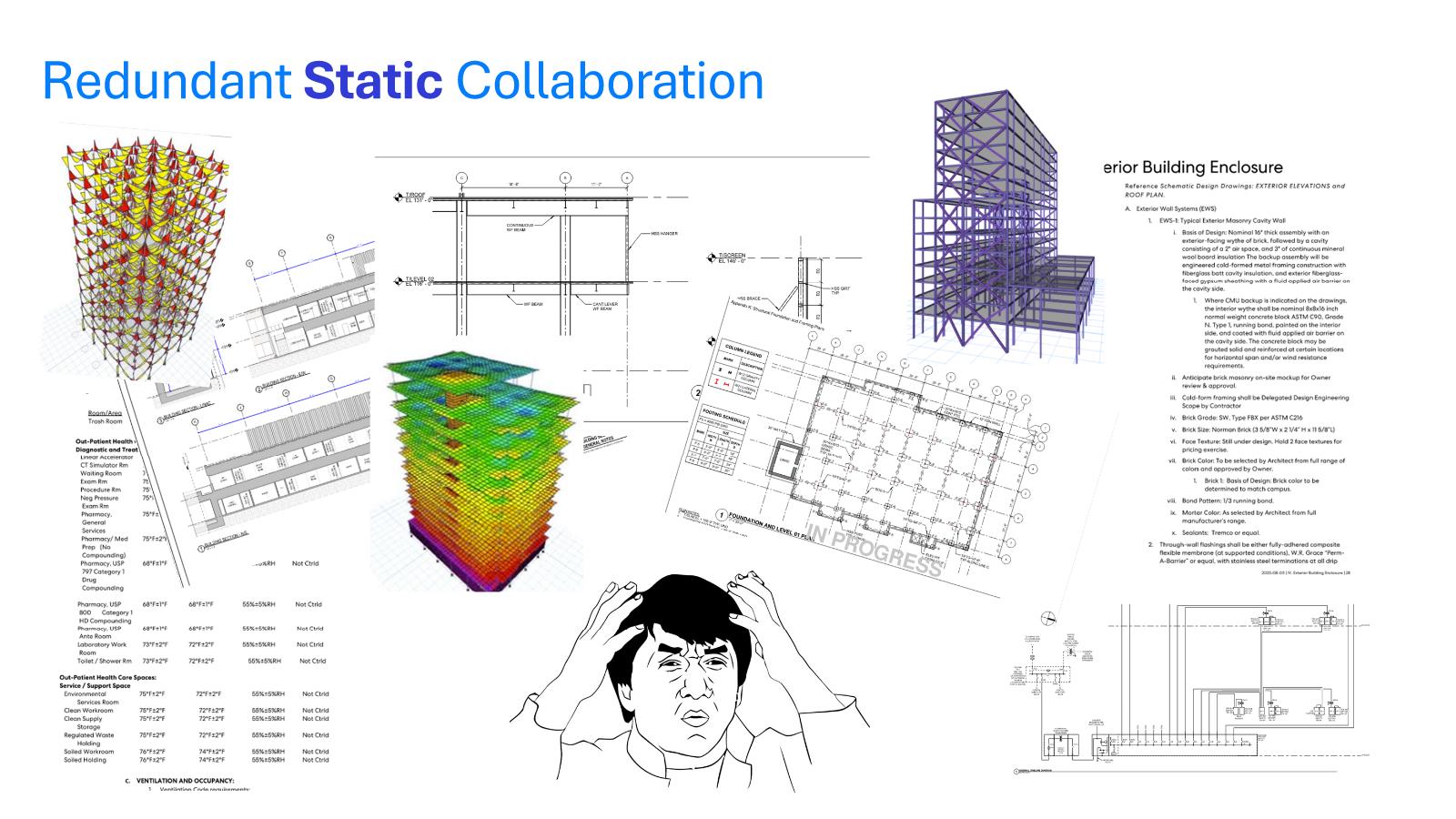
The core idea was to remove redundant, static collaboration and integrate analysis processes early on. Typically, engineers and architects meet with separate analysis reports, resulting in static drawings that each team member must explain and interpret independently. This fragmented approach slows the design process and impedes fluid communication.
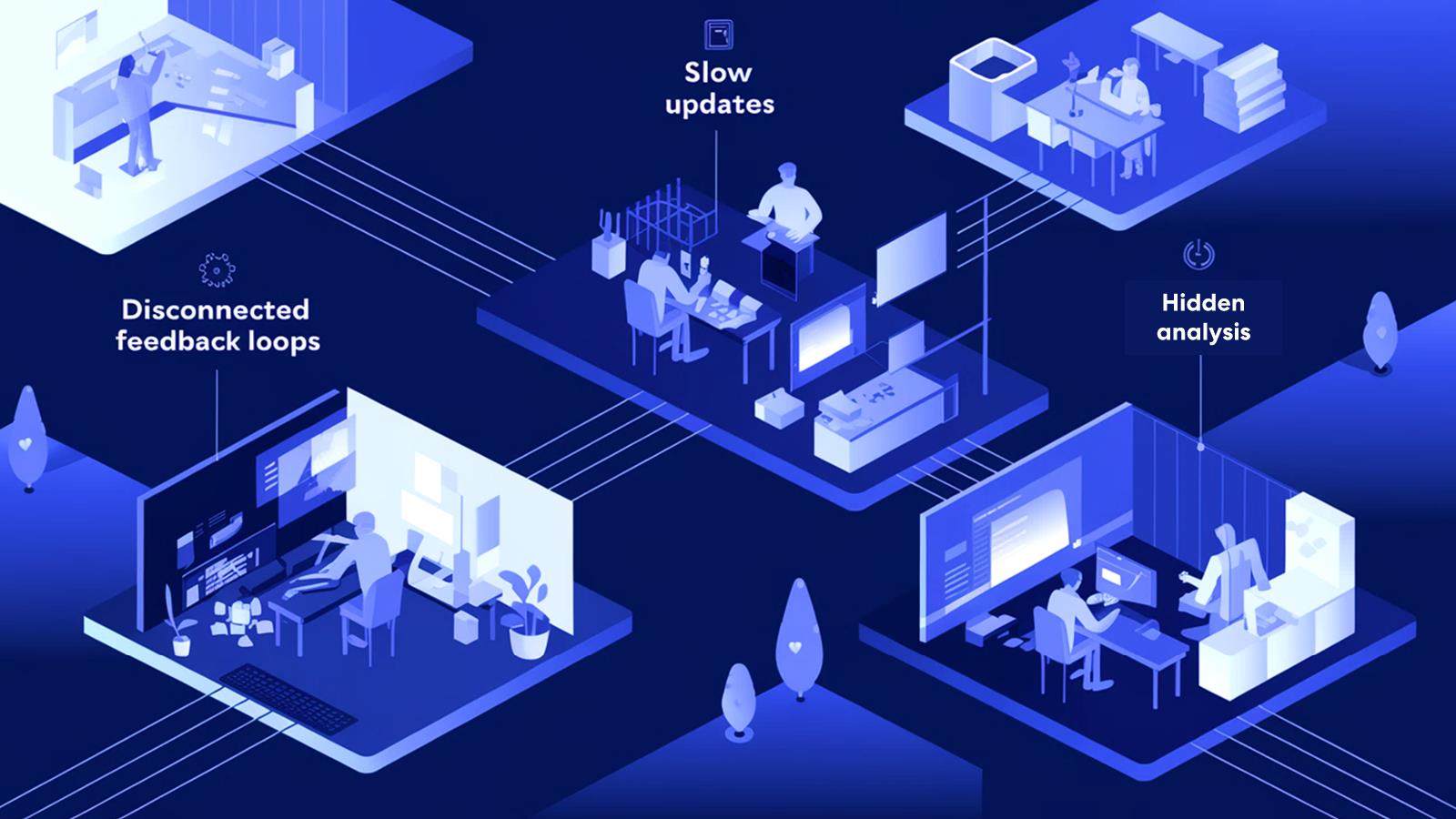
By utilizing Speckle Automate and various integrated tools, the team aimed to break these isolated feedback loops and speed up updates. With this approach, they could capture design changes in real time and instantly reflect them across analyses. This strategy significantly reduces hidden analysis work and redundant meetings, allowing for faster adjustments and improved understanding among team members.
Tackling Computational Bottlenecks
One particular bottleneck in computational design was the manual setup required to run analysis scripts for every design iteration. For example, the team’s computational designer was tasked with importing models, connecting them to Grasshopper scripts, and running complex analysis workflows. By automating routine tasks, the computationdal design role could shift toward higher-level design challenges, enhancing productivity and democratizing access to these automated analyses for the entire team.
Real-Time Analysis Demonstration
Using the example of Villa savoye, a demonstration illustrated how automated updates on Speckle could instantly reflect design adjustments. For instance, if a new overhang was added over ribbon windows, the radiation analysis and structural load information updated almost immediately.
This allowed architects and structural engineers to see the impact of their changes in real time, encouraging more meaningful design discussions. For example, an architect focused on daylighting could see the structural engineer’s concerns about load distribution and deflection, leading to a collaborative dialogue about balancing aesthetics and functionality.
Technical Workflow: Speckle, Grasshopper, and Automation
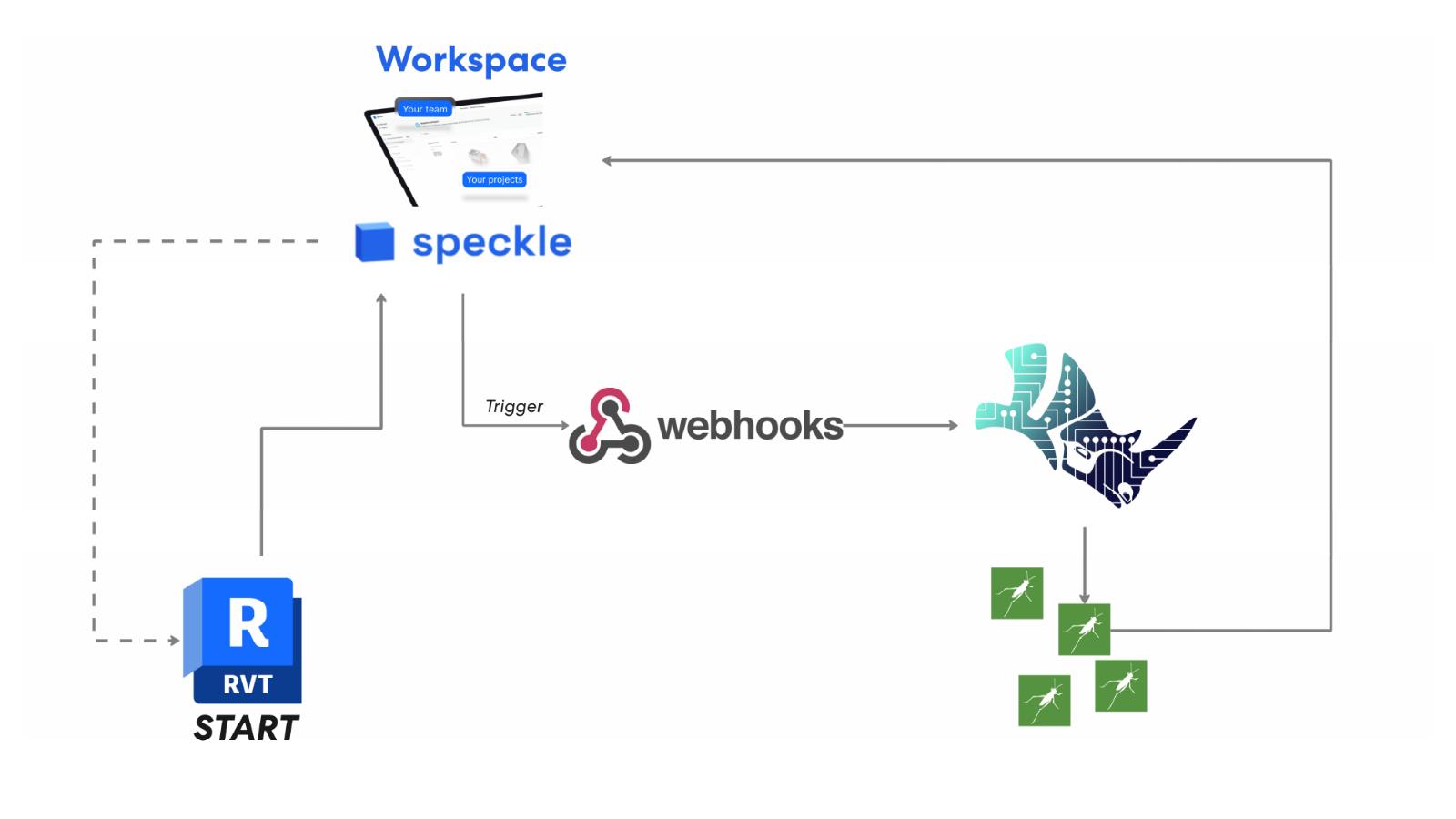
The technical setup leverages popular design software like Revit and Rhino. Designers send geometry to Speckle, triggering a Speckle Automate webhook that opens Grasshopper scripts on a remote server or local machine. This setup allows both architects and engineers to contribute their analysis scripts, which then integrate into Speckle’s real-time environment. As a result, all stakeholders can view synchronized analysis updates without manually triggering individual scripts.
Collaborative Team Effort
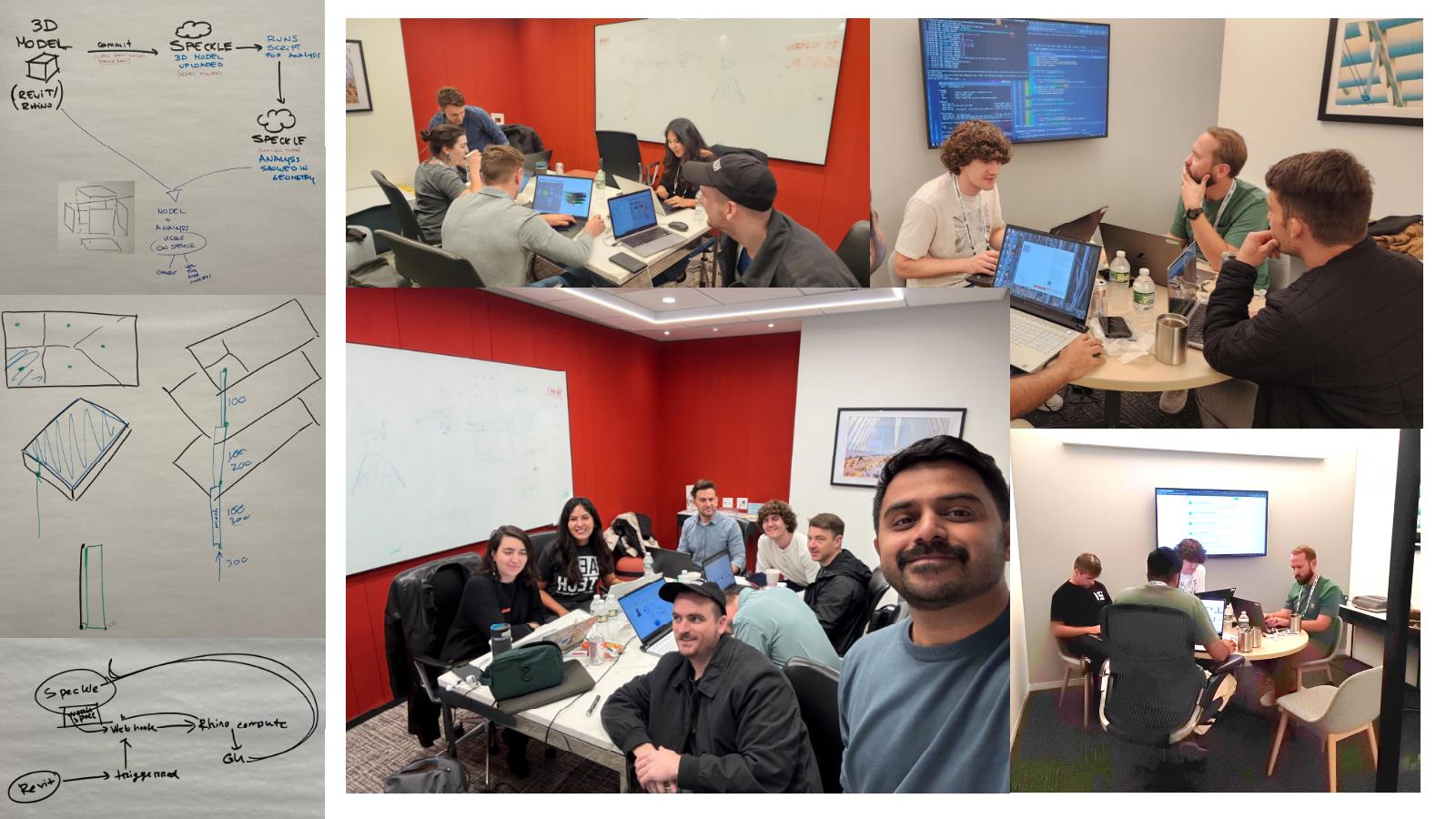
The project came to life thanks to a team of diverse professionals, including architects, structural engineers, computational designers, and software developers. Working collaboratively in an open-source framework, the team completed this solution within a 26-hour sprint, demonstrating the feasibility and potential of this approach in the field.
Click Image for access to the github!
Practical Application and Future Goals
The automation workflow allows designers to share project data with clients and project managers seamlessly, even if they don’t have design software installed. The flexibility of Speckle to leverage BIM information beyond specific applications like Revit and Rhino opens the door to further project applications, setting a new standard for design communication.
With this innovative setup now operational, the team is eager to apply it to more projects, enabling a more dynamic and collaborative approach to early phase design and analysis.
This workflow was developed and tested at the AEC Tech 2024 Hackathon with my team mates: Stephen Prendergast, Structural Engineer, Nathan Terranova. Software Developer, Wade Vollink, Computational Designer, Kent Pretorius, Structural Engineer, Erika Santos, Structural Engineer, Julio Sarachaga, Software Developer, Agustina Aboy, Architect, and Anik Alam, Computational Designer. Thank you Matteo Cominetti and Dimitrie Stefanescu for your help during the hackathon as well as developing an amazing product, Speckle.
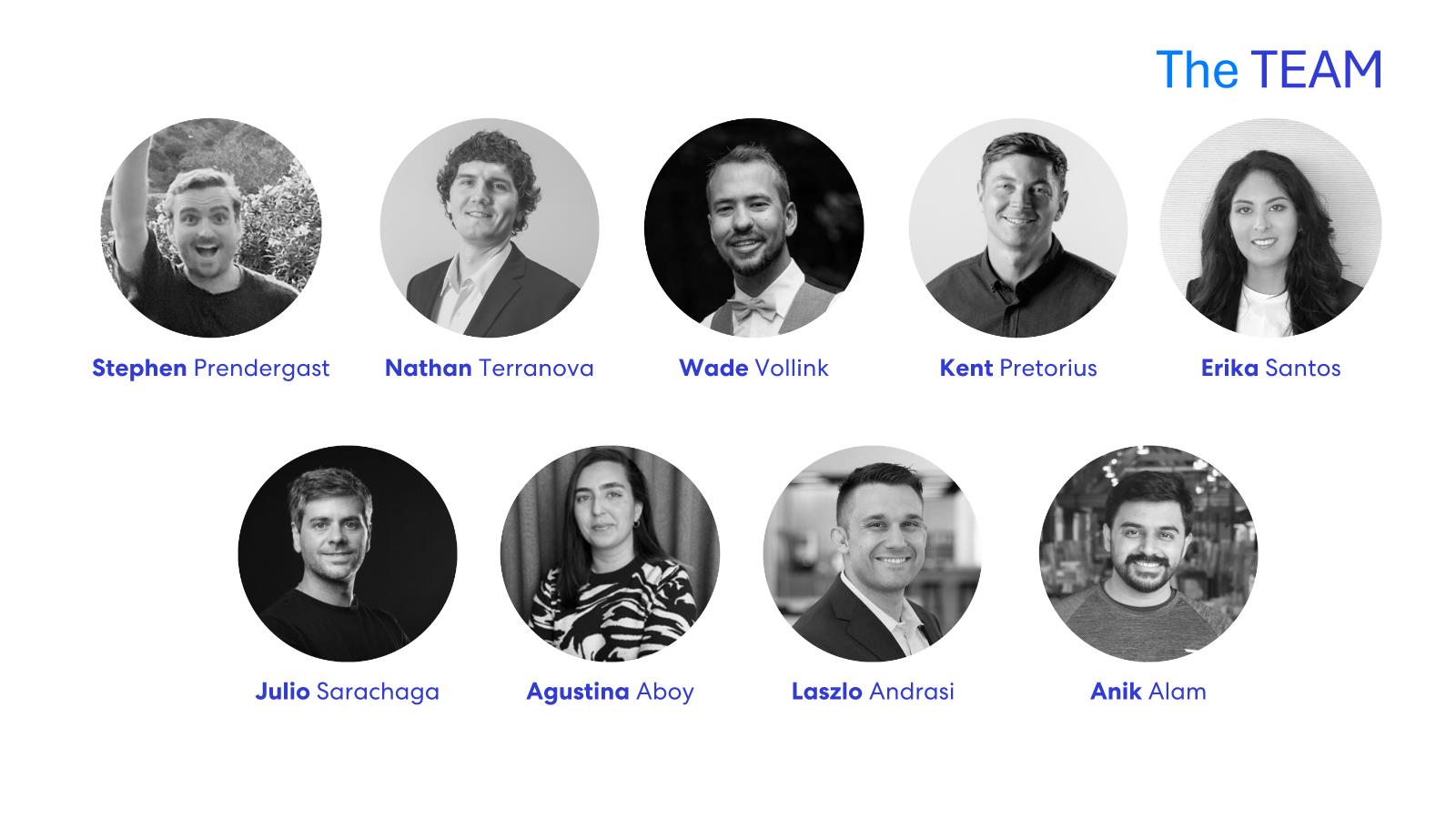
The team was made up of individuals from around the globe, with this being the first time many of us have competed in a hackathon.
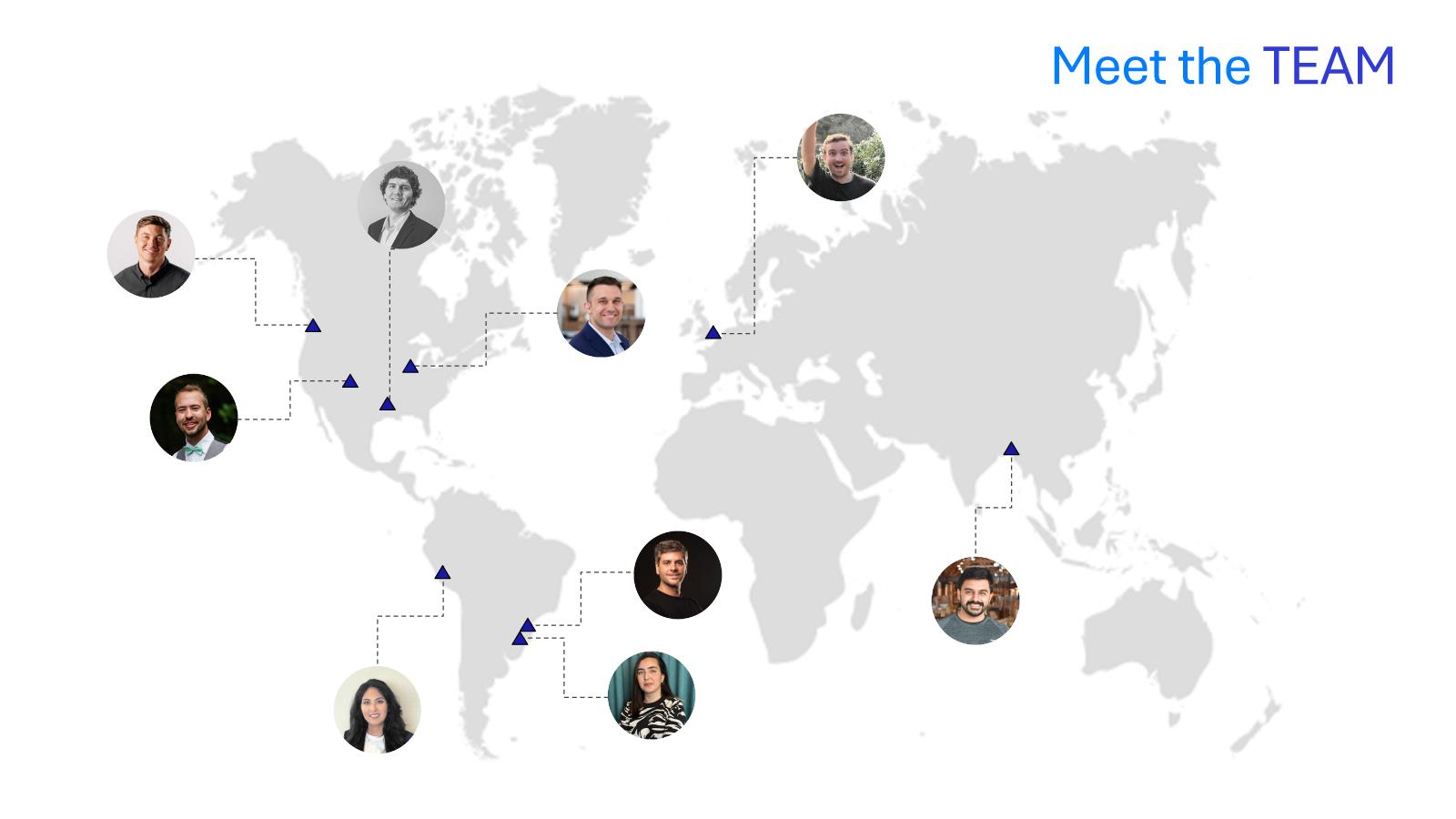
After the hackathon myself and Mario Romero have been translating applying this workflow to projects around the Chicago Perkins&Will office. The goal of using Splash is to begin to automate the micro simulations to improve design outcomes. By making these simulations easy, almost instant, and visible to the wider project team, they can be leveraged in a wide variety of settings. These can include, team meetings, client presentations, and workshops.
